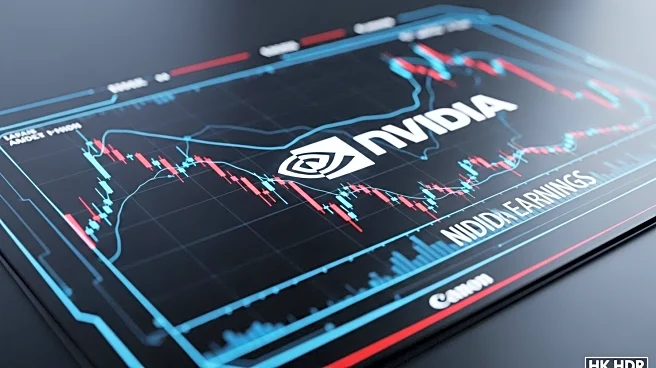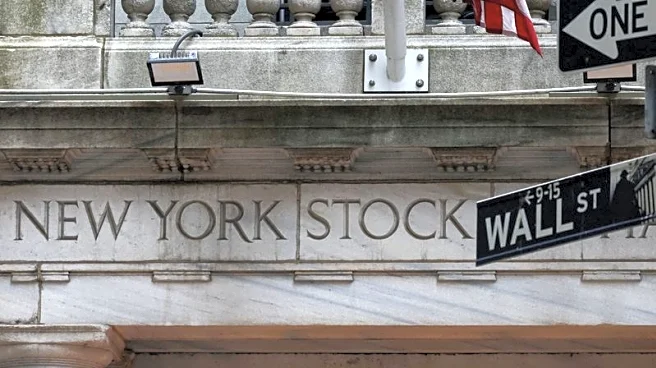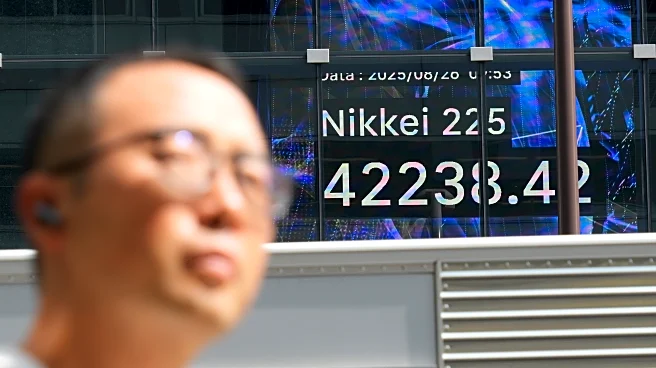Rapid Read • 6 min read
Manufacturers are experiencing economic uncertainty as inflation rates rise and tariff policies shift. The Consumer Price Index increased to 2.7% in July, slightly above the Federal Reserve's target, while the Producer Price Index saw a significant year-over-year increase of 3.3%. Despite these inflationary pressures, the Federal Reserve has maintained interest rates, though a rate cut is anticipated by the end of 2025. Manufacturers are grappling with softening demand, unpredictable input prices, and high borrowing costs, creating a challenging environment for capital investment.
AD
The current economic conditions are critical for manufacturers as they navigate post-pandemic recovery. Inflation and tariff uncertainties impact pricing strategies and supply chain management, potentially affecting profitability. Companies that adapt by optimizing processes and enhancing agility may gain a competitive edge. The Federal Reserve's monetary policy decisions will be crucial in shaping the economic landscape, influencing investment and consumer spending. Manufacturers must balance short-term challenges with long-term growth strategies to remain resilient.
Manufacturers are advised to focus on improving margins and reducing risk by refining pricing strategies and optimizing commercial processes. As the Federal Reserve considers interest rate adjustments, companies should prepare for potential changes in borrowing costs. Geopolitical tensions and tariff policies will continue to influence supply chain dynamics, requiring manufacturers to remain vigilant and adaptable. The ability to respond effectively to these challenges will determine which companies thrive in the evolving economic environment.
AD
More Stories You Might Enjoy












